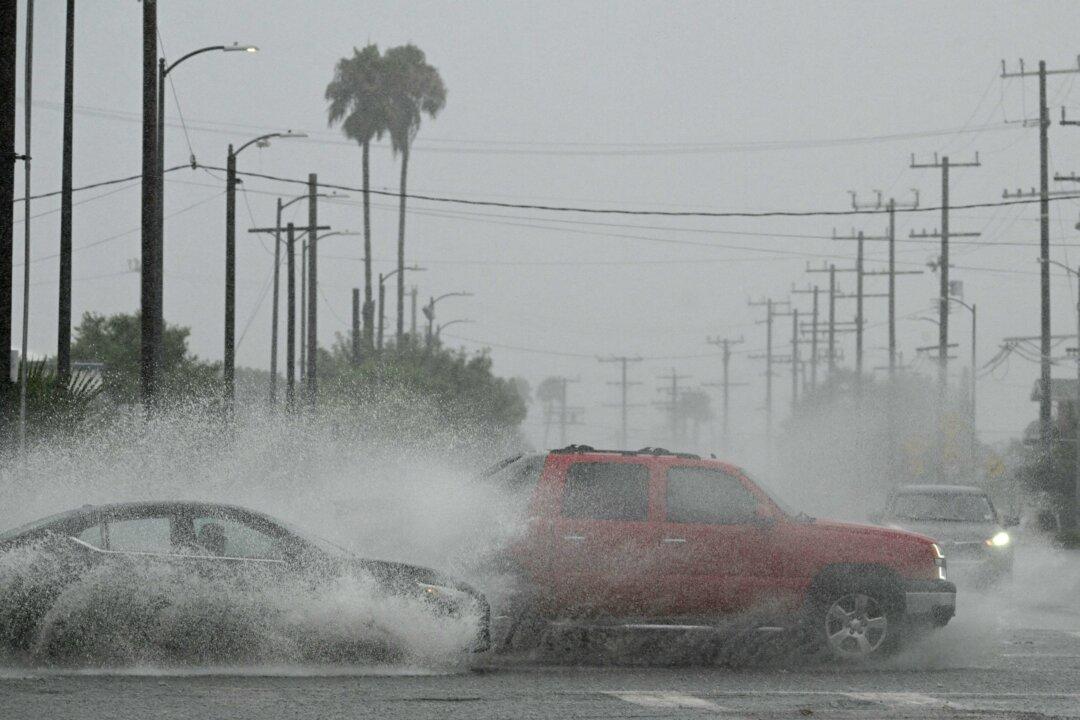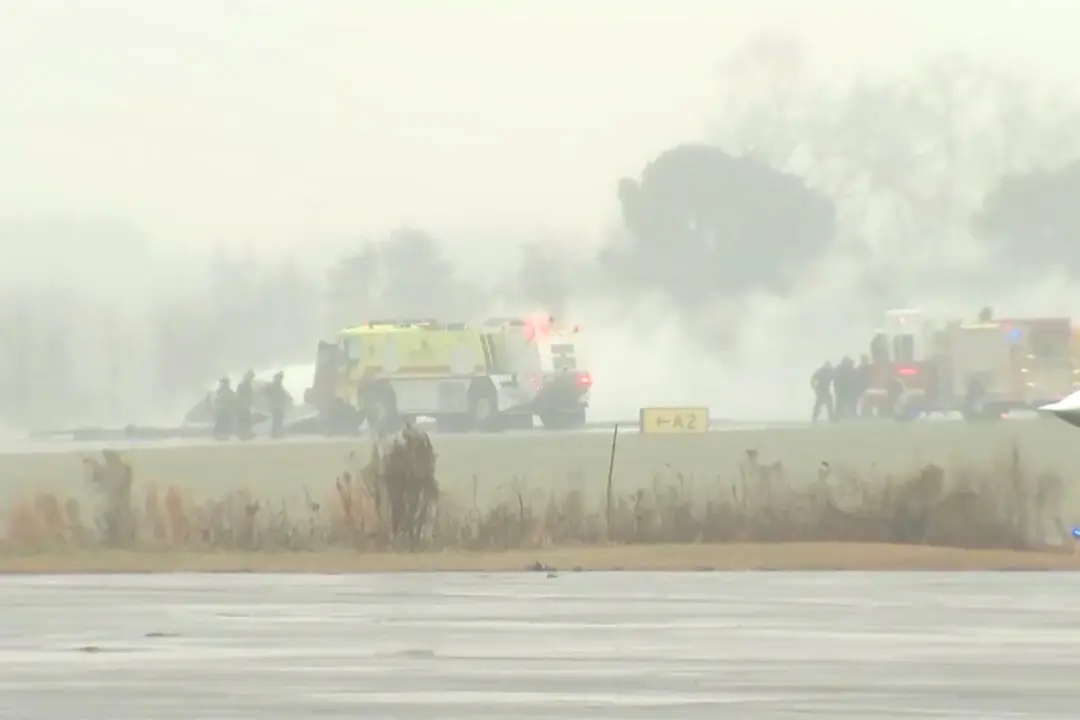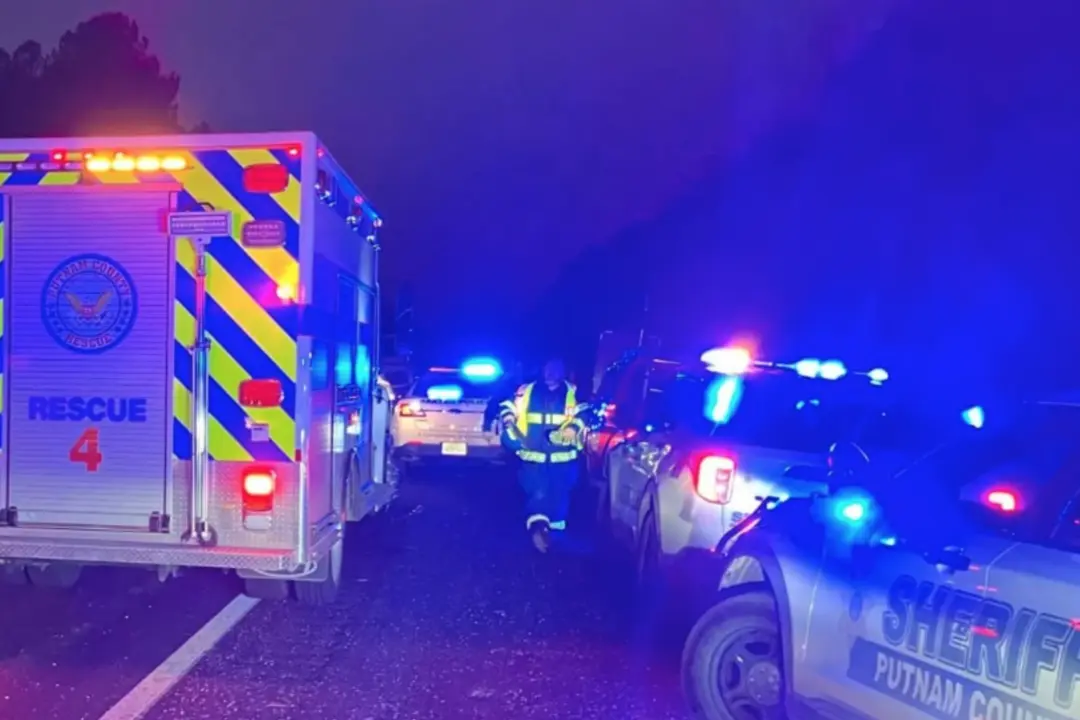The City of Los Angeles captured enough stormwater from Tropical Storm Hilary last month to serve 50,000 households for one year, but the storm moved through Southern California too fast to increase the state’s water supplies, according to local and state water agencies.
“While recent tropical storm of Hurricane Hilary was fast moving and dropped a lot of rain in a short period of time, it traveled too quickly to recharge groundwater aquifers and did not fall over any major reservoirs to significantly increase supplies,” Akiela Moses, spokeswoman for the California Department of Water Resources, told The Epoch Times.





